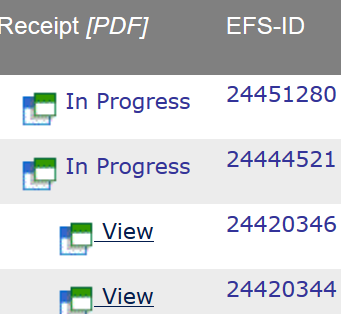On December 12 I blogged about a problem namely that when USPTO revised its computer-readable ADS form, USPTO broke the XML import feature.
Alert reader Bruce Young tipped me off to a response from the USPTO which you may see here. USPTO says:
Due to a change in the Adobe software used to create PDF fillable forms, the “Import Data” function is unavailable in the new ADS PDF fillable form. We are working with the vendor to troubleshoot this problem and apologize for any inconvenience.
Hopefully in future when USPTO (or its vendor) tinkers with the ADS form, part of the acceptance testing will include looking to see whether the tinkering has broken the XML export or XML import feature.
While they are at it, I will mention that for some six years now, I have been gently but persistently asking the USPTO to please publish a DTD (document type definition) that pins down the USPTO as to the names of the XML tags and the tree structure of the XML for the ADS.
In any normal XML environment, the party establishing an XML import or export function publishes a DTD. For six years now, USPTO has foot-dragged and has not done so for the ADS. Maybe this activity of USPTO and its vendor will be a good moment for USPTO to reveal the DTD.

